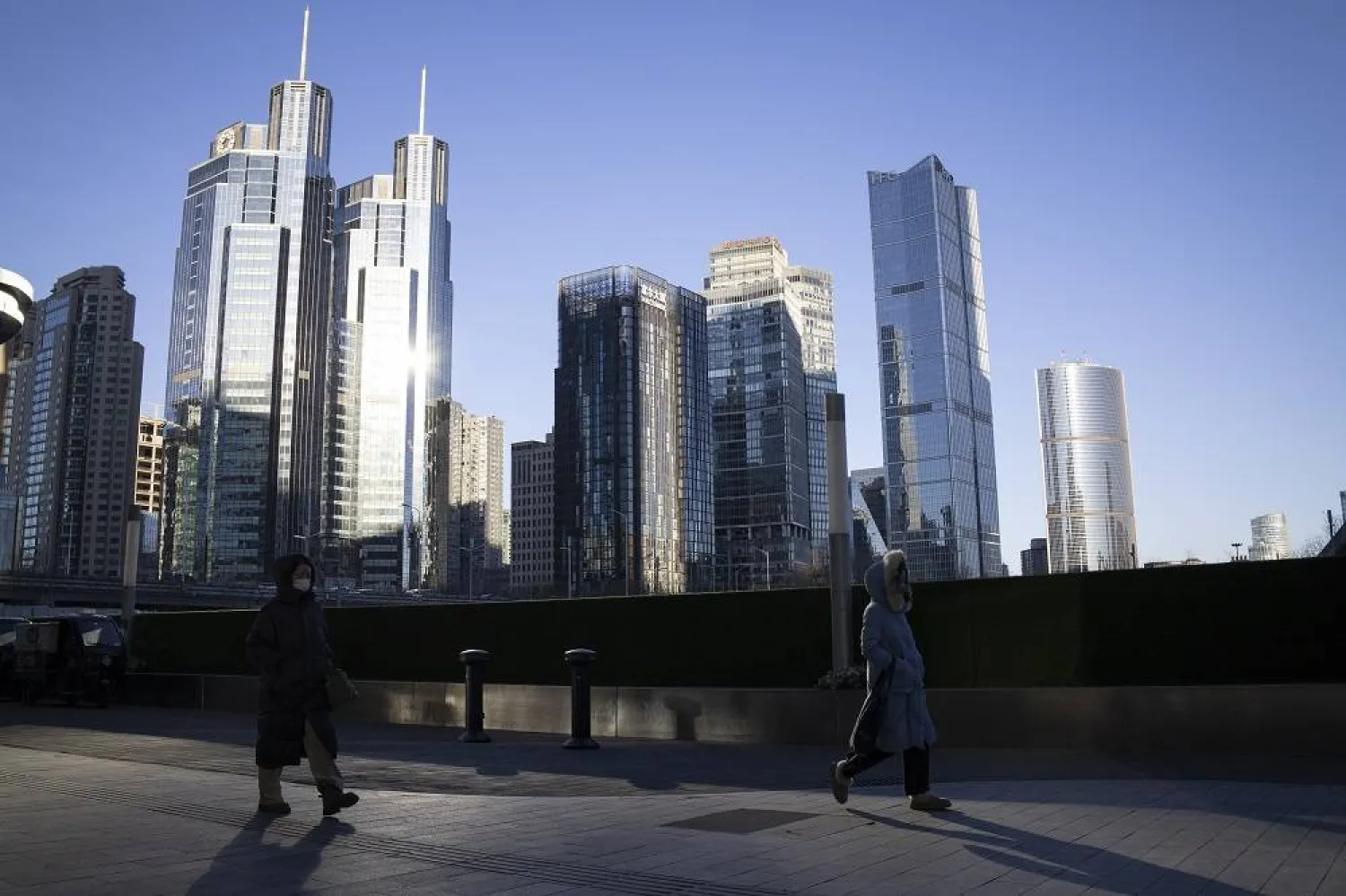Non-oil revenues in Saudi Arabia grew by 4 percent year-on-year during the second quarter of 2024, to reach SAR 140.6 billion ($73.3 billion), the highest level since the end of 2020.
Capital spending maintained its growth, as it rose by 49 percent year-on-year during the same period, reaching SAR 65 billion ($17.3 billion).
According to a statement by the Ministry of Finance on the budget performance for the second quarter of 2024, the total revenues increased by 12 percent, recording SAR 353 billion, while total expenditures amounted to SAR 369 billion and the value of the deficit SAR 15.3 billion.
The deficit for the first half of 2024 stands at 35% of the projected deficit for the year. The deficit amounted to SAR 15. 3 billion in the second quarter of 2024.
The International Monetary Fund (IMF) expected the Saudi budget to achieve a surplus in 2024, supported by the continued growth of the non-oil private sector. However, the Finance Ministry statement projected an annual deficit of 1.9 percent of GDP, and that the deficit to continue in the 2025 and 2026 budgets.
The volume of capital spending highlights the momentum gained by projects in the Kingdom, as part of Vision 2030, which contributed to shaping Saudi Arabia’s economic plans. Non-oil revenues reflect the government’s success in the process of diversifying the economy.
According to Ministry of Finance, total Saudi budget revenues increased by 12 percent in the second quarter of 2024, recording SAR 353 billion.
Non-oil revenues grew by 4 percent, reaching their highest levels since 2020, while oil revenues recorded a growth of 18 percent to SAR 213 billion ($56.8 billion) during the same period.
Total expenditures in Saudi Arabia during the second quarter of this year increased by 15 percent year-on-year to SAR 368.9 billion ($98.3 billion), compared to SAR 320 billion in the same period of 2023.
Expenditures grew by 12 percent year-on-year during the first half of 2024. The municipal services sector topped the volume of spending with 116 percent.
Spending on education during the first half of this year represented 52 percent of the total approved budget, amounting to SAR 101.8 billion, a decline of 1 percent compared to the same period of 2023.
For the seventh consecutive quarter, the general budget recorded a deficit of SAR 15.34 billion ($4 billion) during the second quarter of 2024. Public debt also increased at the end of the first quarter by 9 percent since the beginning of the year, reaching SAR 1.15 trillion. The Kingdom had borrowed SAR 104 billion from internal parties during the first half of 2024, and SAR 67.8 billion from external lenders.
The data also highlighted that the Kingdom’s GDP contracted by 0.4 percent in the second quarter compared to the same period last year, attributed to an 8.5 percent decline in oil activities.
In remarks to Asharq Al-Awsat, former member of the Shura Council, Dr. Fahd bin Jomaa said the government has put a plan within Vision 2030 to boost non-oil activities and reduce reliance on oil.
He noted that achieving a 4 percent growth in the non-oil sector was an indication that the country is moving in the right direction and building a real and diversified economy.









